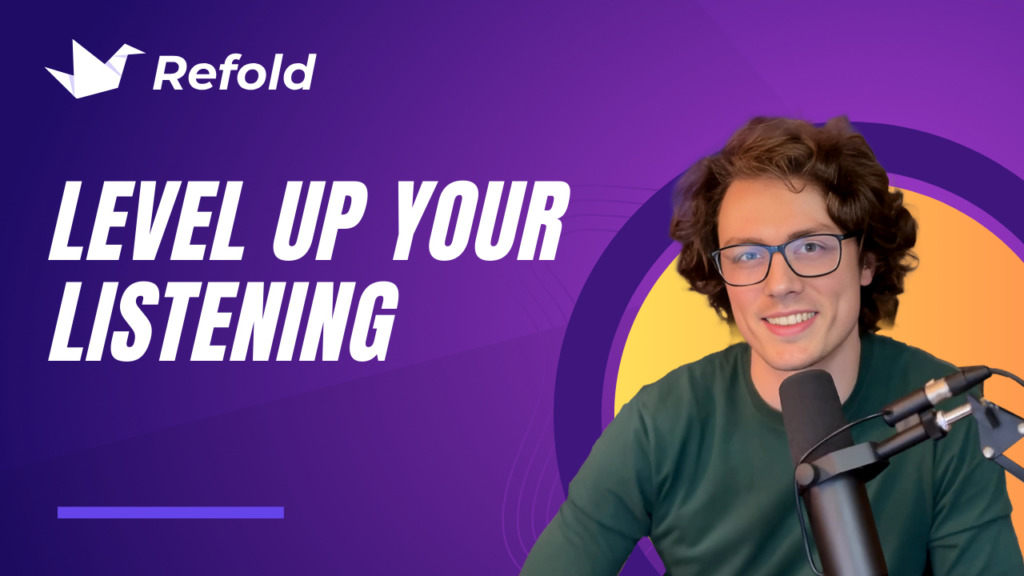When you speak your native language (NL), you don’t need to think about grammar. You navigate your NL through intuition. You can feel what is right and what is wrong. This ability to navigate language intuitively is called “competence”.
Throughout Stage 2, you focused on building comprehension because comprehension is the primary method for building competence. High-level competence allows you to look at a piece of language and intuitively know whether it’s correct.
Performance, on the other hand, is your ability to use your competence in a conversation. It’s the ability to convert your thoughts into your target language (TL), pronounce the words correctly, and maintain a natural rhythm and cadence of speech.
Competence First
At Refold, we prioritize building high-level competence first before practicing performance. Building a foundation of competence teaches you how the language is supposed to sound so you can reproduce it correctly.
After building this foundation, your first attempt at output will already be vastly better than most traditional learners. Most of your competence will transfer to performance automatically, without any extra effort. You will still make mistakes, but with high-level competence you will be able to improve much faster than a traditional learner because you will be able to feel your mistakes and self-correct.
If you don’t build competence first and start outputting on day one, as most methods recommend, then you need to rely on a native speaker to correct every single one of your mistakes. Languages are too large and complex to become fluent through external correction alone. If you want to attain high-level fluency, you need to build an intuition for the language so you can identify your own mistakes and fix them.
By the time you reach Stage 3C, you should have level 6 comprehension in the domain of real-life conversation, which will enable you to notice and self-correct the vast majority of your mistakes.
Measuring Competence
To measure your competence:
- Record your own output (either speaking or writing).
- Review the recording/writing and note all of the mistakes you can notice.
- Then, ask a native speaker to make corrections.
Every mistake you were able to notice is a performance error. You’ve already developed enough competence to identify these mistakes intuitively.
Every mistake that you didn’t notice or didn’t know how to fix is a competence gap.
Fixing Errors
Performance errors are easier to correct than competence gaps. If you have enough competence to notice something, then it’s just a matter of practicing until you can do it correctly.
Competence gaps are more difficult to correct. These are gaps in your intuition, which means you won’t notice them without the help of a native speaker. After becoming aware of a competence gap, you need to fill it by noticing the correct usage in your immersion.
In the next article, we’ll explain common competence gaps so you know what to look for.




